Meters or sensors that measure pH and electrical conductivity (EC) are used to check the quality of irrigation water, calibrate fertilizer and acid injectors, and measure nutrient availability for plant uptake. Several different types of pH/EC meters are available, and they tend to vary in size, cost, and how they are used in horticultural practice. It is important for growers to choose a meter that best meets the measurement needs of their operation.
by Lauren Houston ([email protected]) and Ryan Dickson, PhD ([email protected])
This article discusses some of the basics of pH and EC meters, how they are used, and relative costs. We also cover common types of pH/EC meters for greenhouse and nursery operations.
Basics of using pH and EC meters
Regularly testing pH and EC in the applied fertilizer and root substrate can help growers monitor the fertilizer program and prevent nutritional problems before crop loss occurs. In this section we will cover some of the basics of pH and EC and using pH/EC meters for testing.
What is pH?
pH refers to the acidity-basicity of a solution or root substrate, and influences the solubility and availability of nutrients for plant uptake. This is particularly the case for micronutrients like iron, manganese, and boron. A pH < 7 is acidic, pH > 7 is basic, and a pH equal to 7 is neutral. For most crop species, fertilizer nutrients are adequately available for uptake at a slightly acidic root zone pH between 5.6 and 6.4.
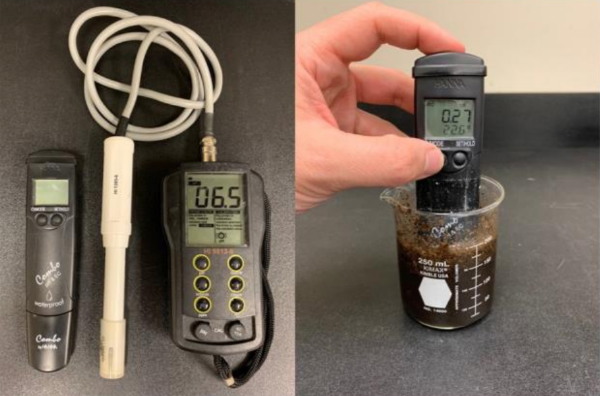 © e-GRO
© e-GRO
Figure 1. Hand-held and portable meters that measure both pH and EC (left). Using a handheld pH/EC meter to conduct a 2:1 soil test (right).
What is EC?
Electrical conductivity (EC) is a measure of total soluble salts dissolved in solution using units of electrical charge. Dissolved fertilizer nutrients as well as non-essential ions such as sodium and chloride all contribute to EC values. EC does not indicate specific concentrations of nutrients or elements, which would require sending samples to a commercial testing laboratory.
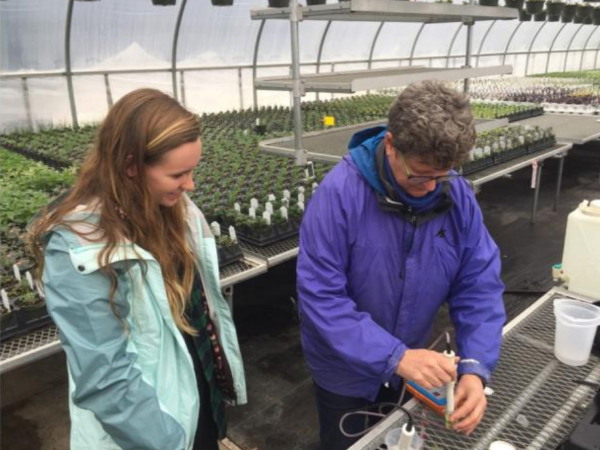
Figure 2. Grower (right) and university student (left) calibrate a portable pH/EC meter just before taking measurements in the greenhouse.
Calibrating and storing pH and EC meters
Regular calibration and maintenance of pH/EC meters ensures measurement accuracy and a long meter shelf-life. For pH sensors, the small glass tip at the end of the probe is very delicate and easily damaged, and should never be allowed to dry. pH probes should always be kept protected and in a proper storage solution when not used. In contrast, EC sensors can be stored dry without damage. It is important to keep standard calibration and storage solutions, and refer to the instruction manual for guidelines on using, calibrating, and storing meters. If proper calibration is not conducted regularly, readings may be inaccurate. This could cause problems when making decisions regarding substrate and fertilizer management strategies.
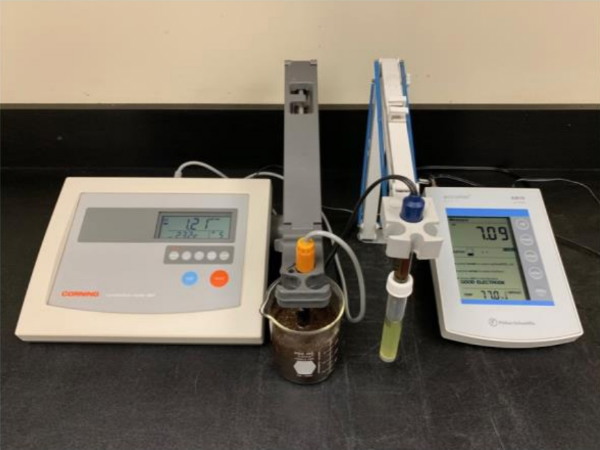
Figure 3. Examples of bench-top meters, where the console and sensor on the left is for EC and on the right for pH. Some benchtop meters have both pH and EC sensors.
Testing pH and EC
Monitoring irrigation water EC is important because soluble salts can fluctuate throughout growing seasons, influencing fertilizer and irrigation practices. Checking pH and EC of applied fertilizer and hydroponic nutrient solutions helps determine whether fertilizer and mineral acid injectors are working properly. Measuring root substrate pH and EC can indicate the quantity and availability of nutrients for plant uptake.
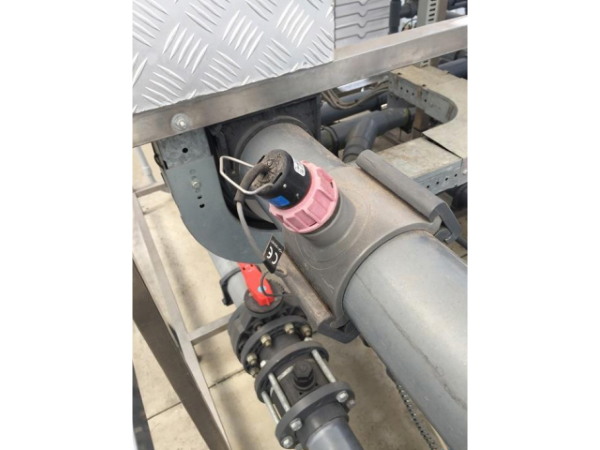
Figure 4. Electrical conductivity (EC) sensor plumbed into an irrigation pipe.
To learn how to calibrate fertilizer injectors using EC meters, check out the University of New Hampshire Extension article by Dr. Brian Krug titled ‘Fertilizer-Injector Calibration’ (https://bit.ly/2D3Jude). For more information and step-by-step protocols on pH/EC soil testing, check out the article ‘Test takers’ by Drs. Paul Fisher and Bill Argo (https://bit.ly/2VKMLoU).
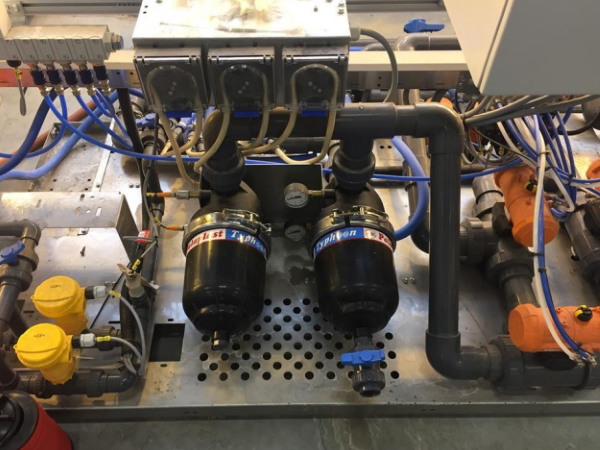
Figure 5. In-line pH and EC sensors control fertilizer and acid injection at this hydroponic facility.
Common types of pH and EC meters
- Hand-held and portable meters. Sometimes referred to as “pen” meters, hand-held and portable meters are battery-powered, low cost, and practical for both small and large grower operations (Figure 1). Many are combination-type meters, meaning they measure both pH and EC. Hand-held/portable meters can be used to conduct in-house soil tests and can be carried around by growers to “spot-check” pH/EC in the greenhouse (Figure 2). Some pH/EC meters have special “needle” probes and are designed for sticking directly into substrates, whereas as many are designed to measure in liquid or extracted substrate solution. Cost of many hand-held and portable meters ranges from approximately $100 to $300.
- Bench-top pH/EC meters. These meters are placed on benches or tables as shown in Figure 3, and typically consist of separate sensors for pH and EC plugged into an electronic AC-powered console. Some consoles can log and record measurements, and may also have additional options for sensors that measure individual nutrients, dissolved oxygen, and other parameters. Bench-top meters are common in research laboratories and for larger growers that process numerous samples in a centralized location. Research laboratories also prefer this type of meter because the accuracy of the readings is greatly improved. Because of the electronic console, bench-top meters are usually more expensive compared to hand-held meters, and range from approximately $500 to over $3,000.
- In-line pH/EC sensors. Sensors are installed “in-line” in irrigation pipes or reservoir tanks to monitor pH and EC of fertilizer solutions entering and leaving the crop (Figure 4). Sensors are often connected to environmental control computers and injection systems that automatically inject mineral acids/bases and fertilizer to maintain target pH and nutrient levels (Figure 5). In-line sensors for pH and EC are relatively inexpensive (<$1000), but there are extra costs associated with installation, plumbing, and connecting to environmental control systems. In-line pH/EC meters are most common with larger growers as well as hydroponic operations.
Conclusions
- Meters that measure pH and EC can be used to check the quality of irrigation water, calibrate fertilizer and acid injectors, and measure nutrients and availability for plant uptake in applied fertilizer solutions and the root zone.
- Expect to spend at least $100 on a quality pH/EC meter, and refer to the instruction manual for guidelines on proper use and handling.
- Hand-held and portable meters are lowcost and often practical for both smaller and larger growers. Bench-top and in-line pH/EC meters are more expensive, but often come with extra measurement capabilities and are useful in certain production and research scenarios.
Source: e-GRO










